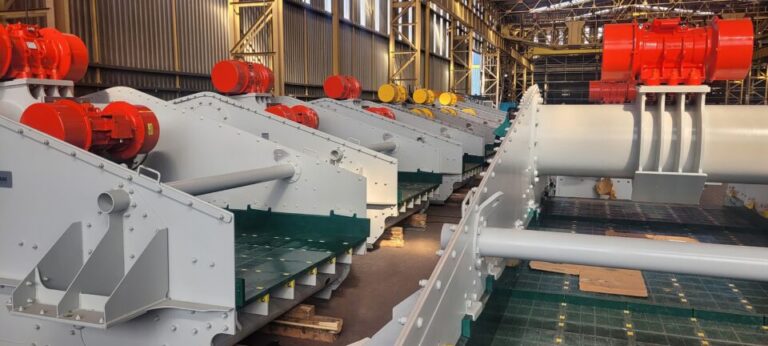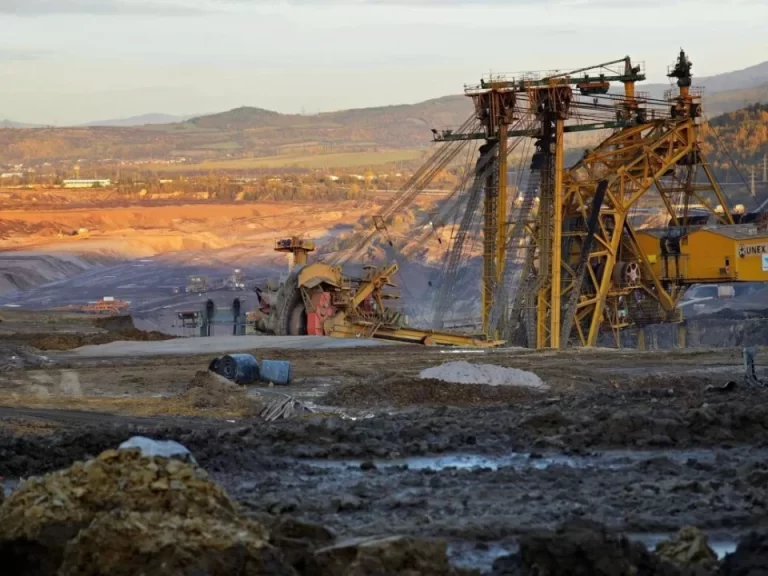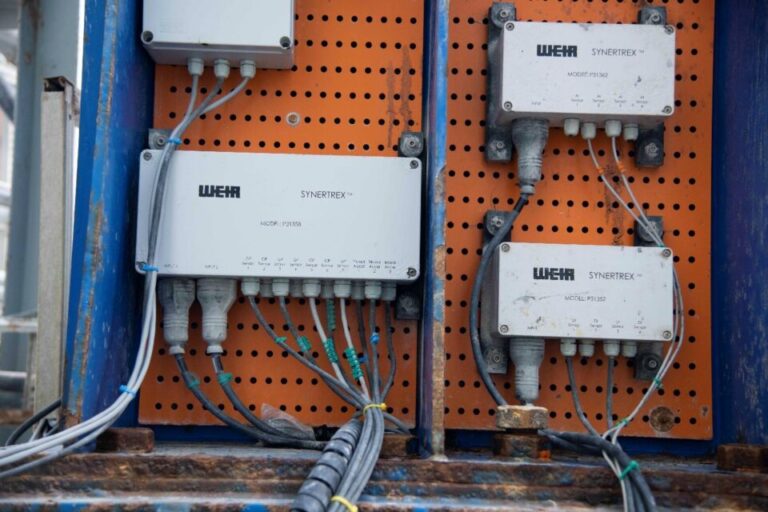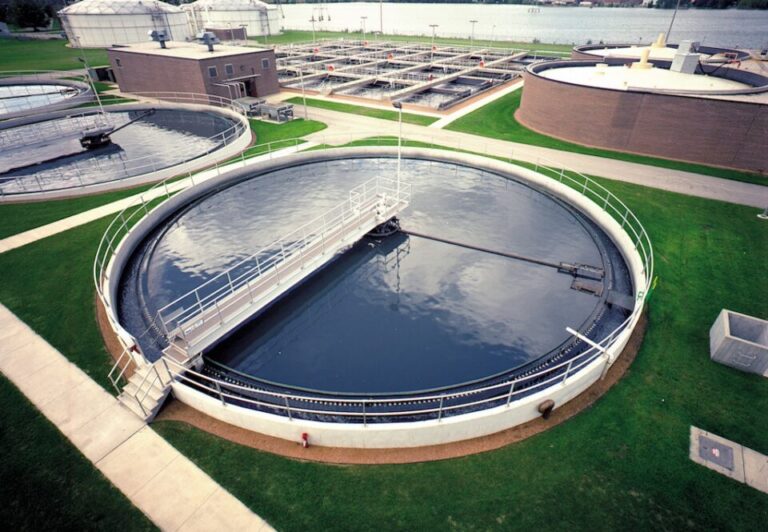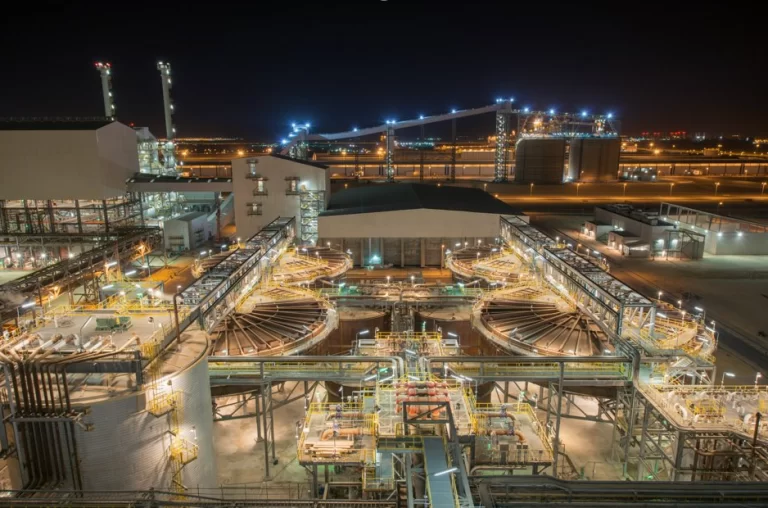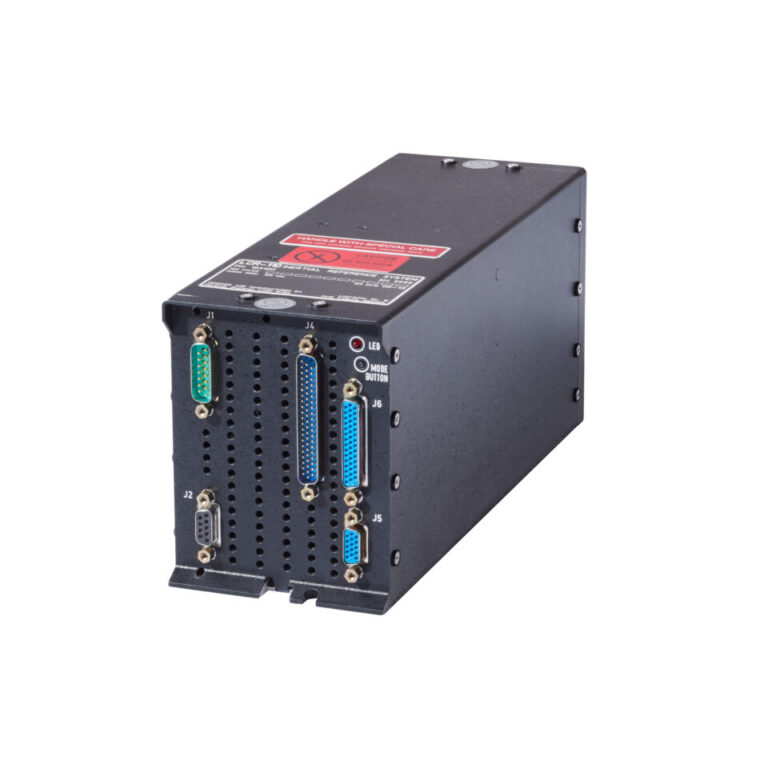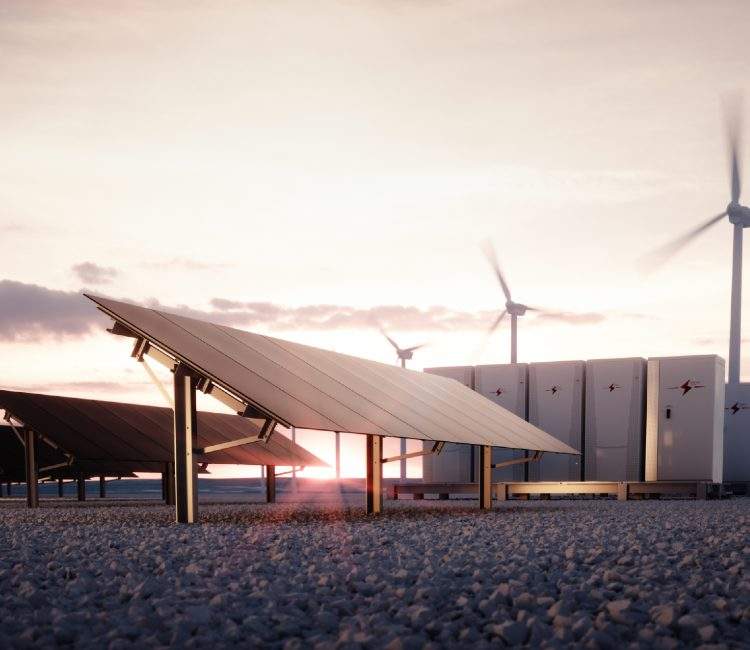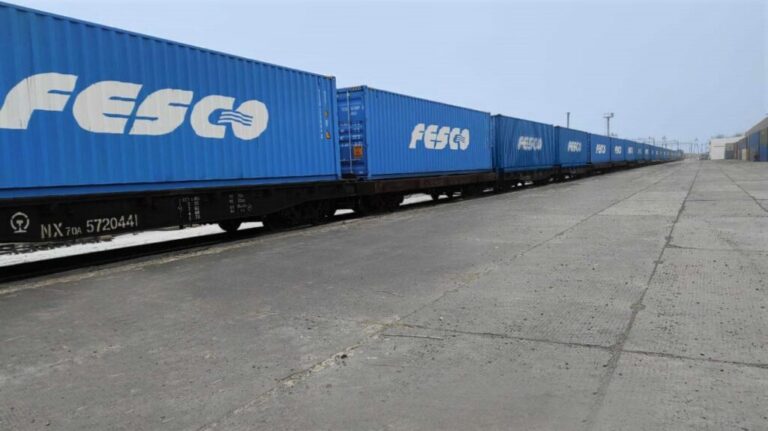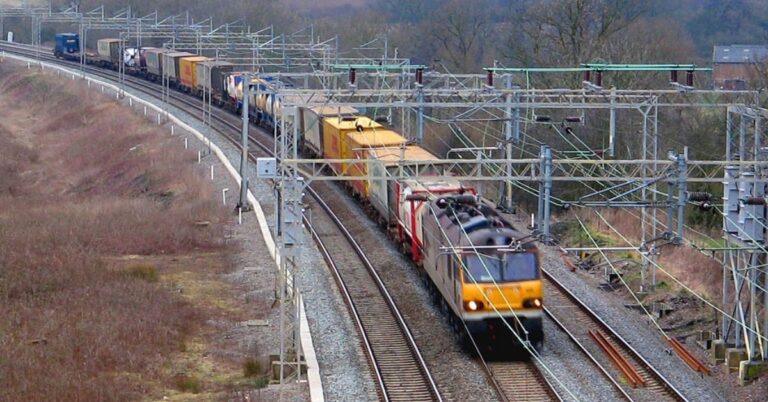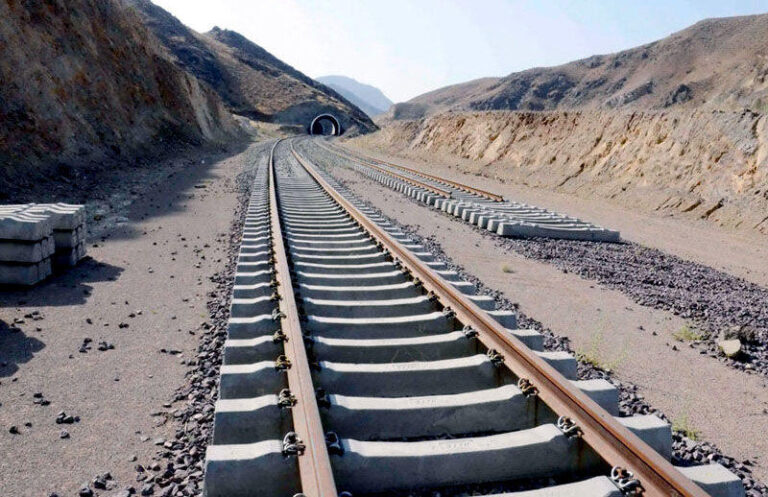South African based vibrating screen and feeder original equipment manufacturer (OEM) Kwatani reports that orders for its equipment have surged in recent months to record levels, with orders coming not only from South Africa and the southern African region but also overseas markets.
“The current level of business is the best we’ve ever seen since the company was founded nearly 50 years ago and every month now is turning out to be a record month,” says Jan Schoepflin, General Manager Sales & Service at Kwatani. “The growth is quite astonishing – in fact, 50 to 60 %, year on year.”
He adds that Kwatani is currently producing around 60 machines a month. “To keep pace with demand, we’ve rented an additional 3 000 m2 of factory space to complement the 17 000 m2 we already have,” he says. “Being part of Sandvik Rock Processing Solutions, which in turn is a business area within the Sandvik Group, we’ve also been able to outsource some production to other Sandvik factories overseas, including Sandvik’s Indian factory.”
One of Kwatani’s current orders – won in the face of intense opposition – involves the supply of over 70 screens and associated equipment to a large copper mining operation in Central Asia. This is the largest order in Kwatani’s history and probably the largest single screen order ever to be won by a screen manufacturer based in Africa. “We’re expecting another large order from this region shortly – it won’t be quite as big but will still be very substantial,” says Schoepflin.
Kwatani is also busy with two big contracts in southern Africa, one for a major platinum mine in South Africa and the other for a zinc project in the DRC. Both projects are in the construction phase.
According to Schoepflin, the surge in sales reflects not only more buoyant conditions within the global mining industry but also Kwatani’s membership of the Sandvik Group.
“We became part of Sandvik at the end of 2021 and this has opened many doors to us,” he says. “We’ve always been big in Africa and were, in fact, already ranked as the biggest screen manufacturer on the continent prior to being acquired by Sandvik but were less strong in certain other parts of the world. Being part of Sandvik has given us improved access to many markets, particularly in South America where Sandvik is the dominant supplier of mining equipment.”
Schoepflin also points to the quality of Kwatani’s products as another reason for the skyrocketing demand for its equipment. “We produce bullet-proof products that work reliably and efficiently and that have been proven in Africa’s mining areas, which are probably the toughest in the world in terms of the demands placed on machines,” he says. “Equipment that works well in Africa will perform anywhere.”
He adds that the fact that Kwatani’s equipment is manufactured locally is another major plus for the company. “Our manufacturing costs here in South Africa are low by global standards and our exports also benefit from the fact that South Africa’s currency, the rand, is very weak. The result is that our machines are very competitively priced.”
Kwatani forms part of Sandvik’s crushing and screening division within Sandvik Rock Processing Solutions. This now includes not only Kwatani and Sandvik’s own screening business but also the recently acquired mining related business of Schenck Process Group, making Sandvik the world’s biggest supplier by far of vibrating screens and related equipment.


